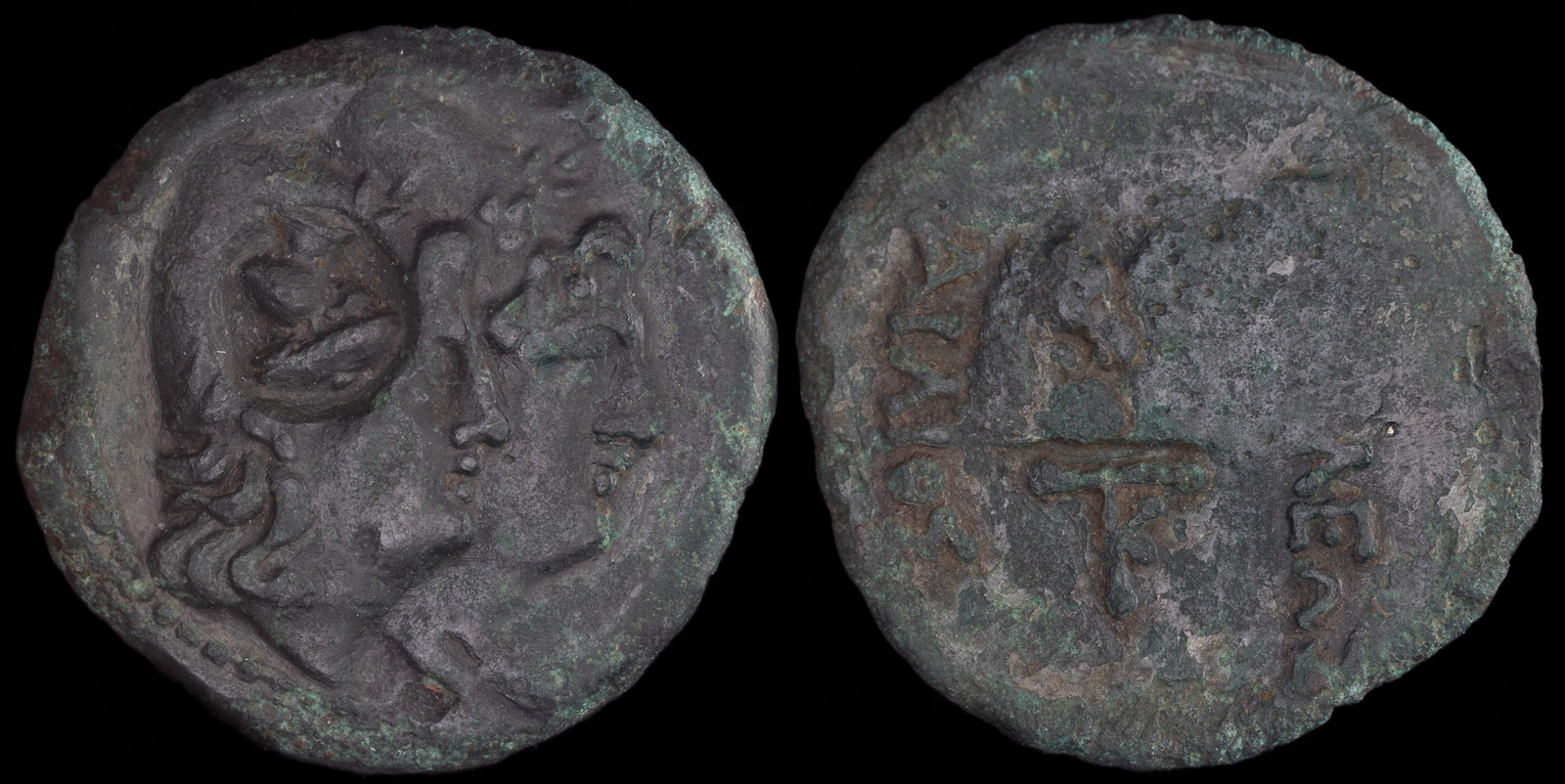Jugate
View All Tags
In the Hellenistic period, jugate portraits were commonly used to commemorate co-regency between two rulers, often a husband and wife or a ruler and their heir. This portrayal emphasized the idea of shared power and dynastic continuity, signaling to the population that the rulers were united in their governance and symbolically bound together. For example, coins issued during the reign of Antiochus II Theos of the Seleucid Empire often featured the jugate portraits of Antiochus and his wife Laodice II, representing their joint rule over the empire. This visual association reinforced the legitimacy of both individuals and demonstrated the stability of their shared rule.
The symbolism of the jugate portrait also extended to religious or mythological depictions, where gods or heroes were shown together, highlighting the connection between different divine forces or mythological figures. For example, Zeus and Hera or Apollo and Artemis were sometimes shown in a jugate manner on coins, symbolizing their harmonious relationship as husband and wife or sibling gods. In these instances, the jugate portrait was a way to visually express the unity of complementary divine forces, reinforcing their significance and power in the religious and cultural life of the Greek or Roman world.
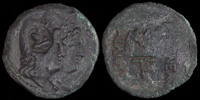
Ailis, 2nd century BCE
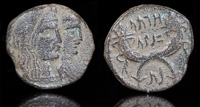
Aretas IV w Shaqilat 9 BCE – 40 CE
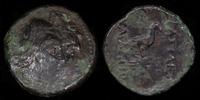
Charaspes 190-188 BCE
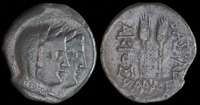
Kings of Scythia, Akrosas 195-190 BCE
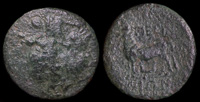
Perinthos, Thrace ca 250-200 BCE
